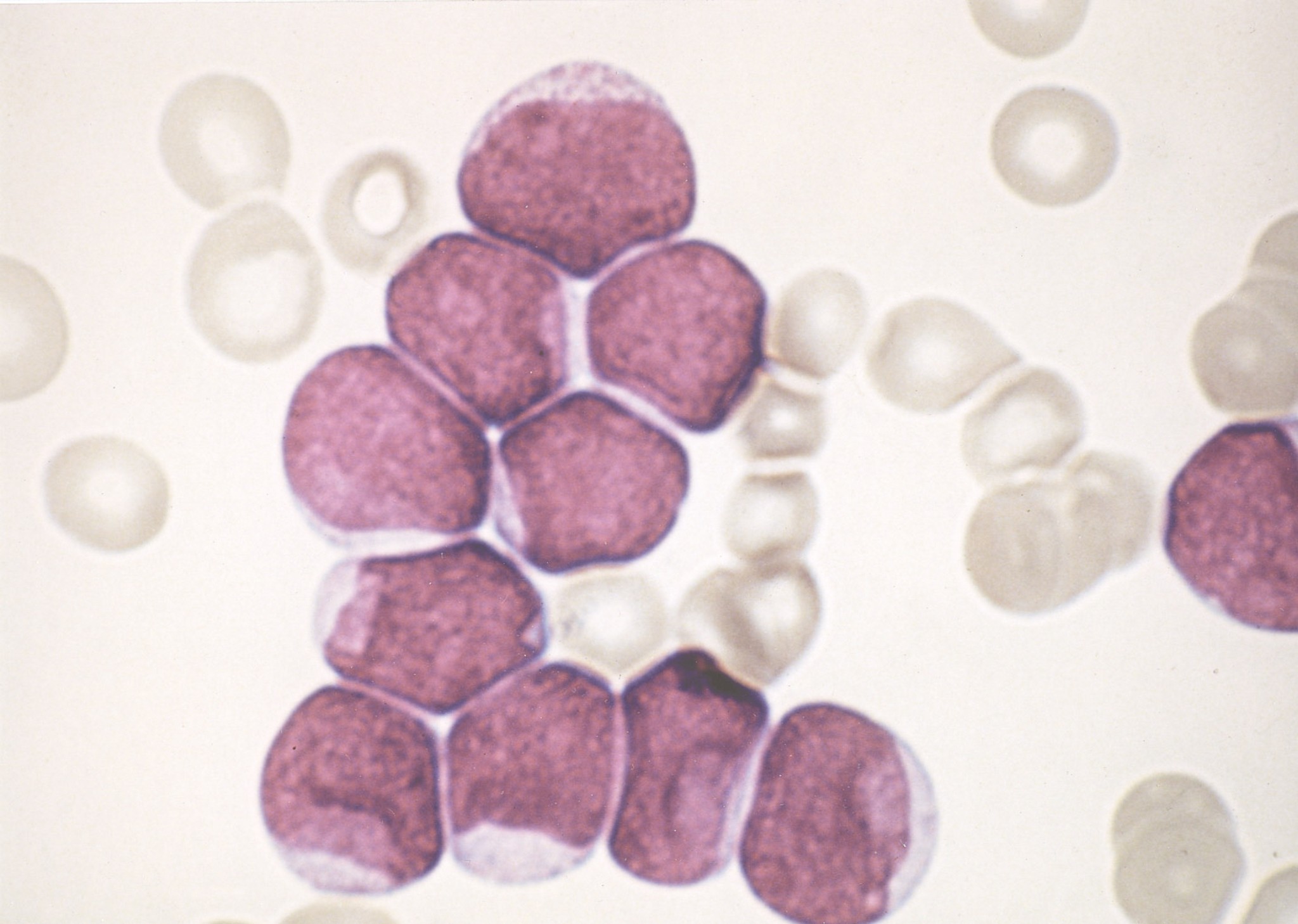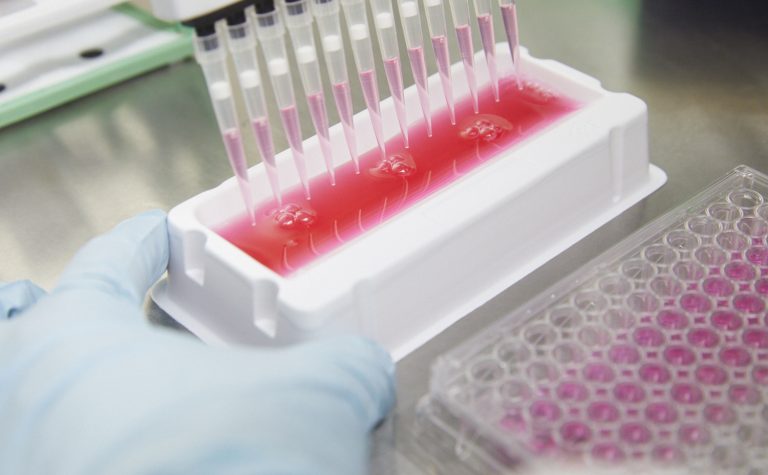NOTES TO EDITORS The report is published online in the
Journal of Clinical Oncology under the title, ‘
Genotype‐specific MRD interpretation improves stratification in paediatric acute lymphoblastic leukaemia’. Corresponding author: Prof Anthony V Moorman, Leukaemia Research Cytogenetics Group, Northern Institute for Cancer Research, Newcastle University, UK
About childhood acute lymphoblastic leukaemia (ALL) Leukaemia is the most common form of childhood cancer. It occurs when healthy white blood cells in the bone marrow develop DNA faults early in their development. These abnormal cells then multiply uncontrollably and live for longer than they should, crowding out normal blood cells.
Acute lymphoblastic leukaemia (ALL), which starts in white blood cells called lymphocytes, is the most common form of childhood leukaemia and is diagnosed in around 400 children each year. Symptoms vary from child to child, but common signs include tiredness, breathlessness, frequent infections, fever, bone pain or unexplained bruising.
Treatment for ALL normally consists of a combination of different chemotherapy drugs and can last up to three years.
About Children with Cancer UK Children with Cancer UK is the leading national children’s charity dedicated to research into cancer in children and young people. Inaugurated in 1988 by Diana, Princess of Wales, in memory of Jean and Paul O’Gorman our aim is to improve survival rates and quality of survival in young cancer patients and to help research ways of reducing cancer incidence. Every year we invest more than £4 million in new research across the full range of childhood cancers. We currently have more than 60 projects under way at leading centres around the UK.
About Bloodwise Bloodwise is the UK’s specialist blood cancer research charity dedicated to improving the lives of people living with and beyond blood cancer. The charity, which was formed in 1960, changed its name from Leukaemia & Lymphoma Research in September 2015. Around 39,000 people of all ages, from children to adults, are diagnosed with blood cancers and related disorders every year in the UK. It is a complex disease area made up of over 100 individual diseases. Some affect thousands of people, such as common forms of leukaemia, lymphoma and myeloma. Others affect only a handful. But together, blood cancers are the fifth most common form of cancer and the third largest cause of cancer death in the UK. The charity’s research is targeted at understanding more about blood cancer, finding causes, improving diagnosis and treatments, and running ground-breaking clinical trials for patients. The charity champions patients’ needs by influencing relevant decision makers and influencers, and seeking to raise awareness of the issues faced by patients. Their patient services provide information, support and assistance to patients at every stage of their journey. For more information visit
www.bloodwise.org.uk Newcastle University, UK, is a thriving international community of some 27,750 students from over 130 countries worldwide. As a member of the Russell Group of research intensive universities in the UK, Newcastle has a world-class reputation for research excellence in the fields of medicine, science and engineering, social sciences and the humanities. Its academics are sharply focused on responding to the major challenges facing society today. Our research and teaching are world-leading in areas as diverse as health, culture, technology and the environment. The Research Excellence Framework 2014 (REF) placed Newcastle University 16th in the UK for Research Power and the vast majority of our research (78%) was assessed to be world-leading or internationally excellent. Newcastle University is committed to providing our students with excellent, research-led teaching delivered by dedicated and passionate teachers. This is reaffirmed by achieving the best possible outcome – a Gold Award – in the Teaching Excellence Framework (TEF). Based on the evidence available, this means that the TEF Panel judged that Newcastle University delivers consistently outstanding teaching, learning and outcomes for its students of the highest quality found in the UK.
About Great Ormond Street Hospital for Children NHS Foundation Trust Great Ormond Street Hospital is one of the world’s leading children’s hospitals with the broadest range of dedicated, children’s healthcare specialists under one roof in the UK. The hospital’s pioneering research and treatment gives hope to children from across the UK with the rarest, most complex and often life-threatening conditions. Our patients and families are central to everything we do – from the moment they come through the door and for as long as they need us.

